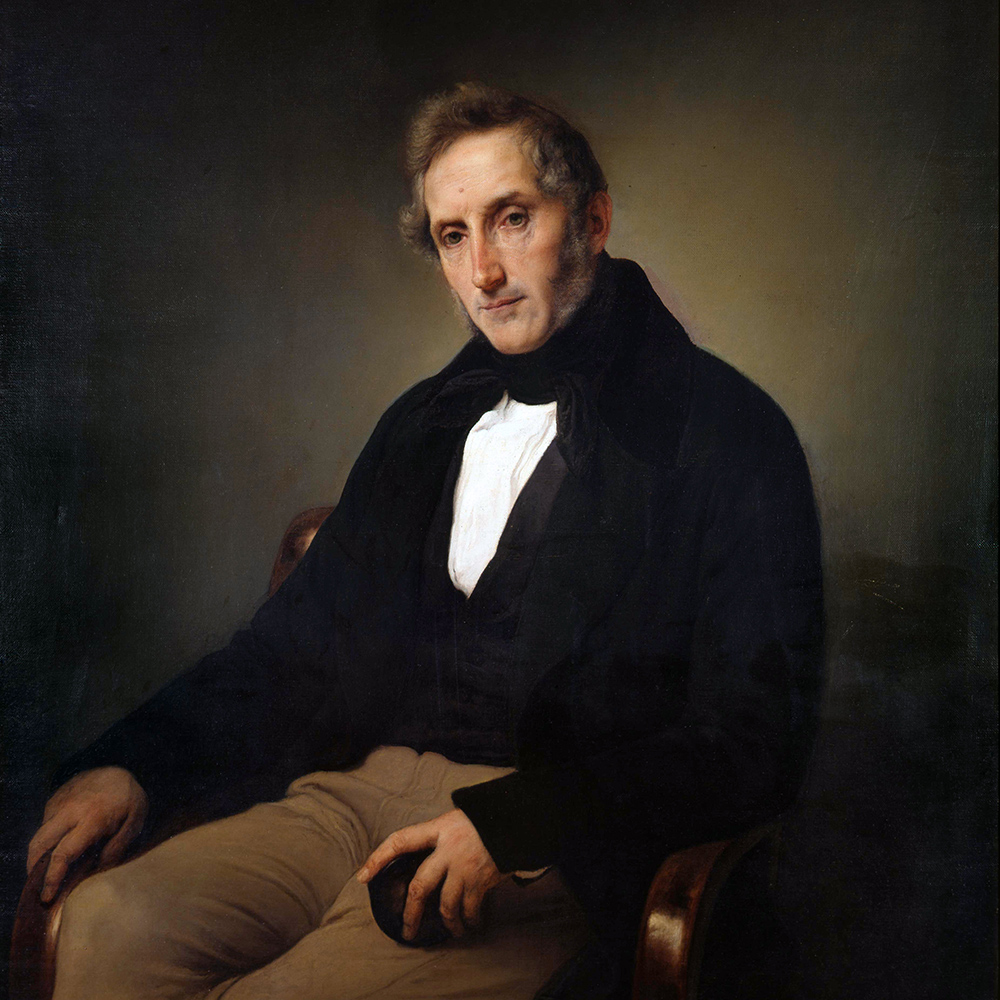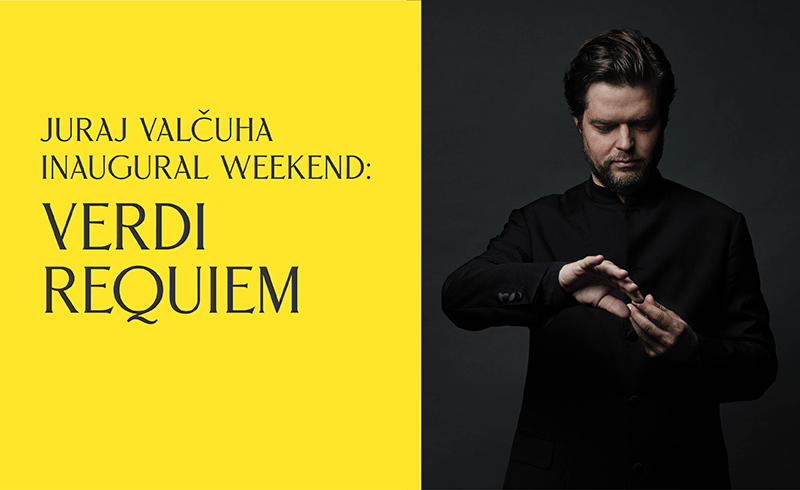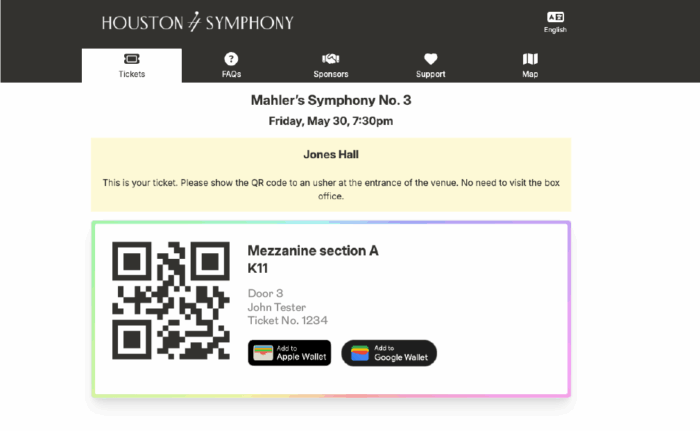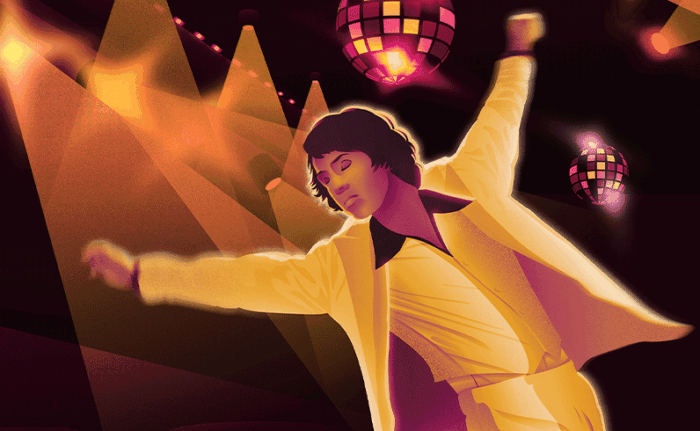On September 16, 17, and 18, the Symphony presents Verdi’s Requiem, a program featuring Verdi’s largest nonoperatic work. In this post, discover how two people influenced Verdi’s writing of this piece after their death.
Described as bleak and foreboding, musicologist David Rosen says Verdi’s Requiem is “probably the most frequently performed major choral work composed since the compilation of Mozart’s Requiem.”
Requiems are traditionally a Roman Catholic mass to honor the dead and sung in Gregorian chant. Complete with thrilling symphonic score, virtuosic solo moments, and dramatic libretto, Verdi’s Requiem tells of the fate of the living who fear death and beg for deliverance.

Alessandro Manzoni
Verdi’s Requiem was composed following a different requiem written to honor the death of the great Italian composer Gioachino Rossini for which Verdi wrote only the final movement ‘Libera me’. Unfortunately, due to unpopularity, the piece was abandoned after five performances. Four years later, at the death of author and friend Alessandro Manzoni, Verdi set out to write his own piece, Requiem Mass for the Anniversary of the Death of Manzoni, May 22, 1874.”
Verdi’s Requiem, like the one written for Rossini, is also written in seven movements. The first movement contains three sections, ‘Requiem Aeternam,’ ‘Te Decet Hymnus,’ and ‘Kyrie,’ and is composed in an arc-like form, beginning with a somber melody in the strings and chorus.
Throughout the movement, energy is built up through imitative polyphony (two distinct melodies combined) before returning to a hush. The tranquility of the first movement is shattered by chords struck by the full orchestra followed by a furious brass ensemble. Accompanied by swirling strings and woodwinds, this marks the beginning of the second movement and the most famous musical symbol of death, ‘Dies Irae’.
The chorus cries out about the approaching judgment day and the terror it brings:
Represented by a single trumpet fanfare that grows into a full trumpet ensemble, the dead call out from their graves in ‘Tuba Mirum’. ‘Liber Scriptus’ brings the audience through an array of vivid emotions, from sweet softness to fervorous passion. Other notable sections include ‘Rex Tremendae,’ which creates a sense of unworthiness of being before the Almighty and the tenor solo in ‘Ingemisco,’ which asks for the Lord’s mercy and gives hope to sinners. The somewhat chaotic movement ends with a final G-major “amen,” which “falls on the ear like a blessing.”
The third movement, ‘Offertorio,’ is sung by the vocal soloist quartet with contrasting sections of loveliness, tenderness, and energy where the opening theme from the first movement is restated in a heavenly moment. This movement depicts the living offering their prayers to deliver the souls of the faithfully departed.
Movement four, ‘Sanctus’, is an eight-part fugue in which a brassy fanfare announces, “he who comes in the name of the Lord” and is scored for double chorus.
The contrasting fifth movement, ‘Agnus Dei,’ begins with an unaccompanied melody sung in octaves and is passed between the soloists and chorus in major and minor keys before it is eventually joined by counterpoint in the orchestra. Eternal light is evoked by ‘Lux Aeterna’ in the sixth movement. The piece concludes with a combination of elements of Gregorian chant and Baroque fugue in ‘Libera Me’ in which lines from previous movements are layered in the choral. The piece ends with the revised version of the original ‘Libera Me’ written for Rossini, begging for the doomed to be delivered. A peaceful C-major chord ends the massive work.
Don’t miss this monumental work on September 16, 17, and 18! Learn more & get tickets.



